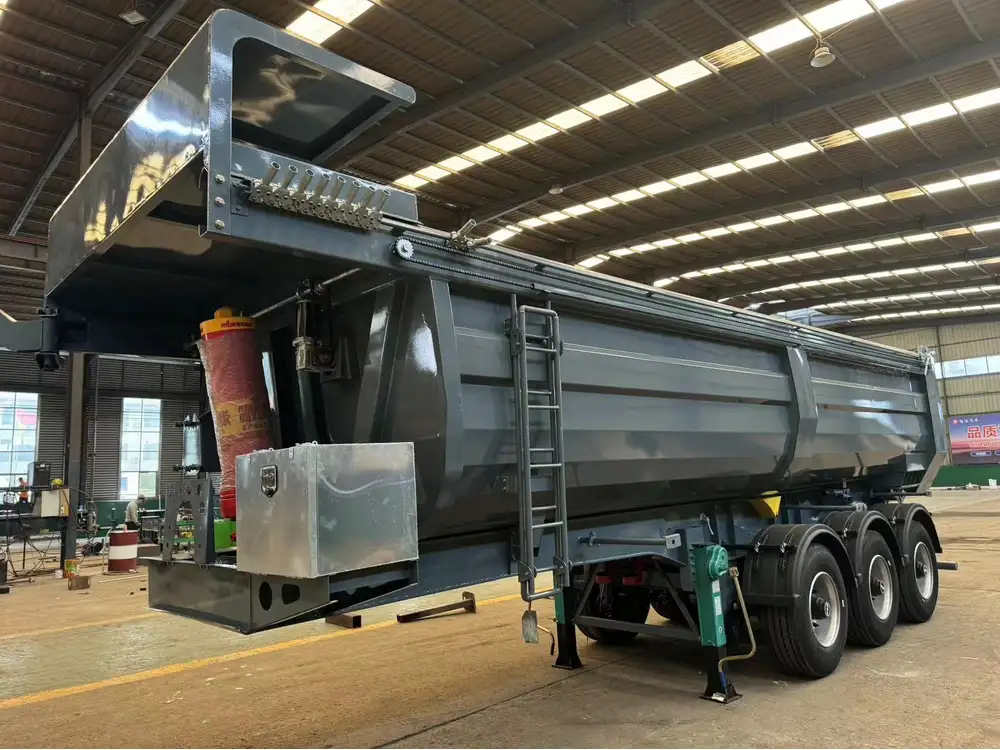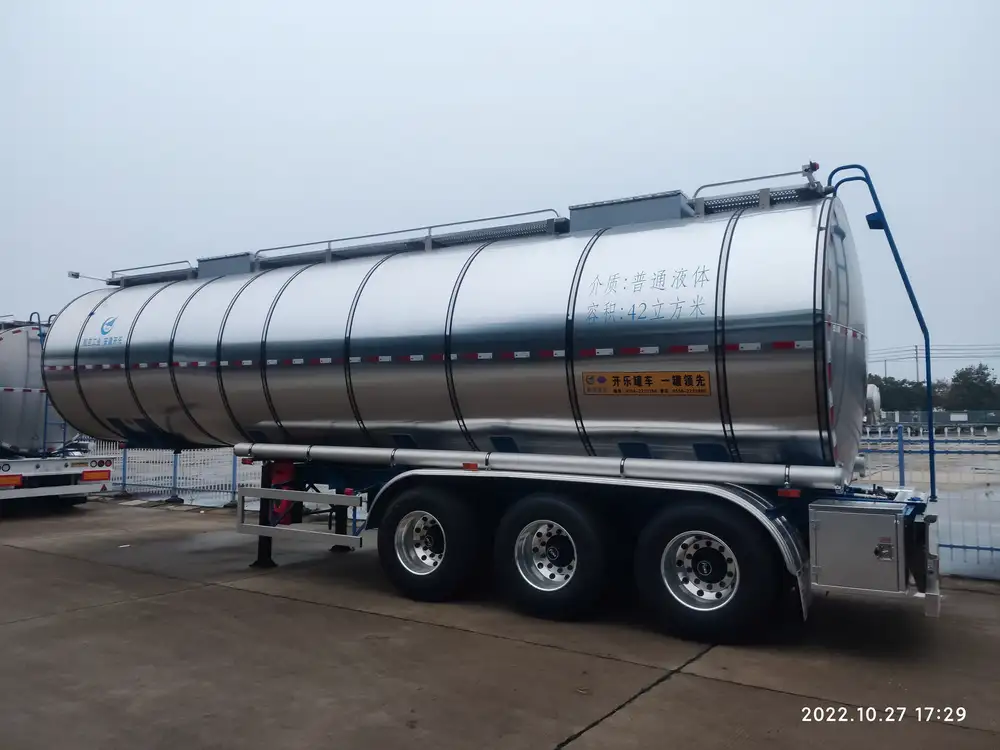Hooking a semi-trailer may seem straightforward, yet it is a task that demands precision, careful attention, and understanding of various components of both the tractor and the trailer. In this guide, we will delve deep into the practical steps, key insights, and common pitfalls associated with this crucial process.
Understanding the Components of a Semi-Trailer
Before diving into the “how-to,” it’s essential to grasp the mechanics involved in hooking a semi-trailer. The primary components are:
| Component | Description |
|---|---|
| Fifth Wheel | The coupling device that connects the tractor to the trailer. |
| Kingpin | The protruding pin on the trailer that fits into the fifth wheel. |
| Jockey Wheel | A support wheel at the front of the trailer, aiding in maneuverability. |
| Safety Chains | Chains that provide an additional safety measure in case of a disconnect. |
| Trailing Axles | The wheels at the rear of the trailer responsible for load distribution. |
Understanding how these parts interact is crucial for a successful hook.
Step-by-Step Process of Hooking a Semi-Trailer
Preparation and Safety Checks
- Visibility: Ensure the area is clear of obstacles. Check mirrors to confirm that no one is nearby.
- Safety Gear: Always wear appropriate safety equipment, including reflective vests and hard hats.
- Check the Tractor: Inspect the fifth wheel to ensure it is properly greased and tightened.
Positioning the Tractor
- Back the tractor towards the trailer with a clear view of the kingpin. Use a spotter if necessary to guide you.
- Maintain a straight trajectory to align the fifth wheel with the kingpin.
Aligning the Fifth Wheel and Kingpin
- Gradually lower the trailer using the jockey wheel until the kingpin is approximately level with the fifth wheel.
- Adjust your angle, if needed, to ensure that the kingpin is directly beneath the fifth wheel.
Hooking Process
- Engage the tractor’s reverse gear and slowly back up until the kingpin clicks into the fifth wheel. Listen for this sound—it indicates correct engagement.
- Once engaged, pull forward slightly to ensure the connection is secure.
Securing the Connection
- Drop the trailer support legs and ensure they are fully retracted.
- Attach the safety chains, crossing them to provide extra security. Connect the electrical lines, ensuring a firm fit.
Final Checks
- Conduct a walk-around. Ensure that all lights and brakes are operational. Check tire pressure and the condition of the trailer.
- Perform a tug test by gently pulling forward to confirm that the connection holds.

Common Mistakes to Avoid When Hooking a Semi-Trailer
Rushing the Process Speed can lead to oversight; take your time to ensure everything is aligned and secure.
Neglecting Equipment Checks Failing to inspect the fifth wheel and the kingpin prior to coupling can result in improper hooking.
Forgetting the Safety Chains Always attach the safety chains—this is a critical step often overlooked.
Improper Use of Jockey Wheel Ensure the jockey wheel is adjusted properly to avoid damaging the trailer support system during the hooking process.
Ignoring Environmental Factors Be mindful of weather conditions that can influence visibility and maneuverability when hooking.
Maintenance Tips for Semi-Trailer Hooking Mechanisms
Regular maintenance is vital for ensuring the longevity and reliability of your semi-trailer components. Here are a few maintenance tips:
| Maintenance Task | Frequency | Description |
|---|---|---|
| Inspect the Fifth Wheel | Monthly | Look for wear and tear; ensure proper lubrication. |
| Check Kingpin Condition | Biannually | Inspect for bends or damage which may obstruct coupling. |
| Test Safety Chains | Monthly | Ensure that no corrosion or wear is present on chains. |
| Lubricate Moving Parts | Monthly | Use appropriate lubricants for moving components of the fifth wheel. |
| Brake System Checks | Quarterly | Regularly inspect and maintain the braking system of the trailer. |
Conclusion
Successfully hooking a semi-trailer is about more than a simple connection—it involves a series of carefully orchestrated steps and awareness of various components working in tandem. With meticulous preparations, attention to detail, and adherence to safety protocols, we can execute this task with precision, ensuring the safe transport of goods across distances.
By following the structured approach laid out in this guide, operators can avoid common pitfalls and prolong the lifespan of their semi-trailer connections. Consistent practice and awareness of maintenance needs will enhance both efficiency and safety in your operations, paving the way for the smooth functioning of logistics and transport.

Additional Resources for Further Learning
- Training Manuals: Review manufacturer manuals for specific guidance tailored to your equipment.
- Workshops: Attend seminars or workshops focusing on semi-trailer operations.
- Online Courses: Explore platforms that offer specialized courses on trailer handling techniques.
Adhering to these best practices will not only facilitate successful coupling but will also elevate overall operational standards in the trucking industry.



